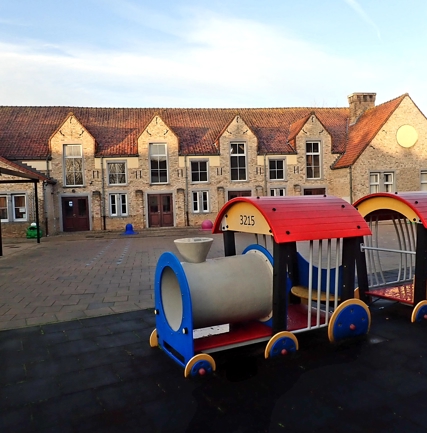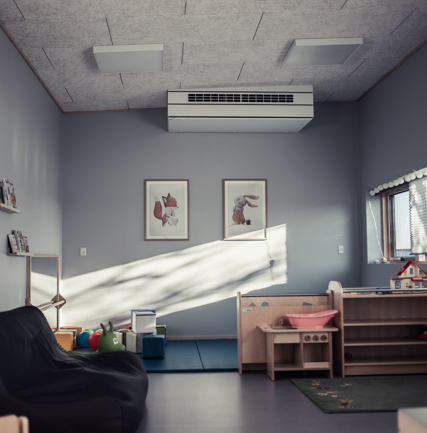Introduction
A healthy indoor climate is crucial for learning in Danish schools and institutions. Unfortunately, many schools suffer from poor indoor air quality, which can have serious consequences for both children and adults. Studies show that poor indoor climate in classrooms can negatively impact student performance and overall well-being.
According to a study conducted by Realdania, the children's well-being has deteriorated as a result of the poor indoor climate. You can read more about the study here. Therefore, it is important to address this and implement solutions that improve the indoor climate in student's classrooms and schools.
The consequences of poor indoor climate
Poor indoor air quality in schools can have a number of negative consequences for students. Reduced concentration, fatigue, headaches and general malaise can make it difficult for students to focus and learn in class. This can result in lower performance and lack of motivation to actively participate in lessons.
In addition, poor air quality and high humidity can lead to allergic reactions, respiratory problems and increased absenteeism among students. Creating an indoor environment that promotes the health and well-being of students is therefore crucial for them to achieve their full potential at school.










